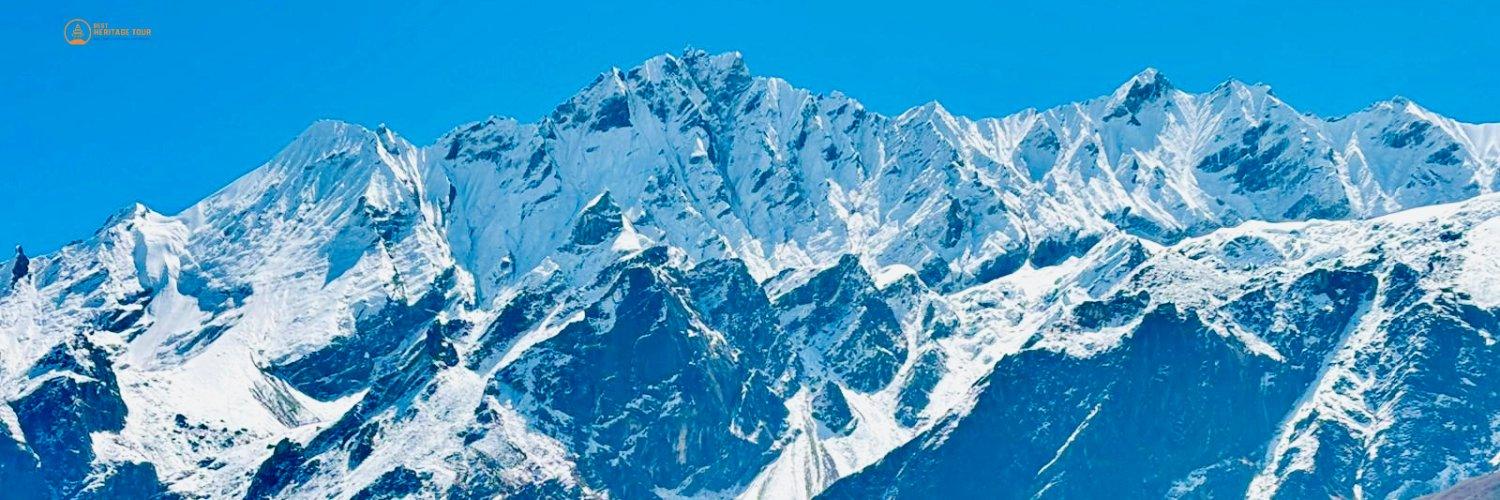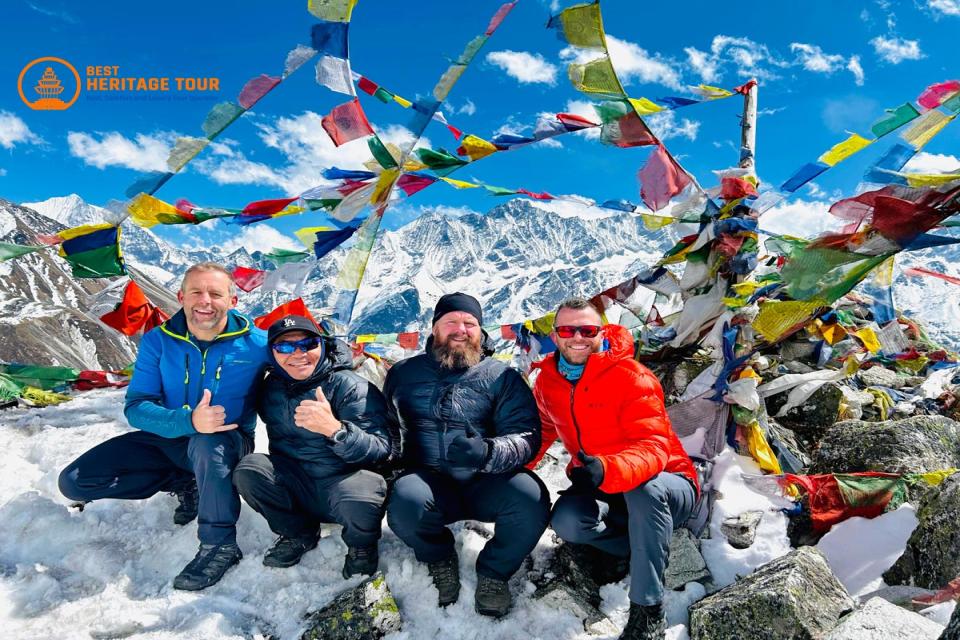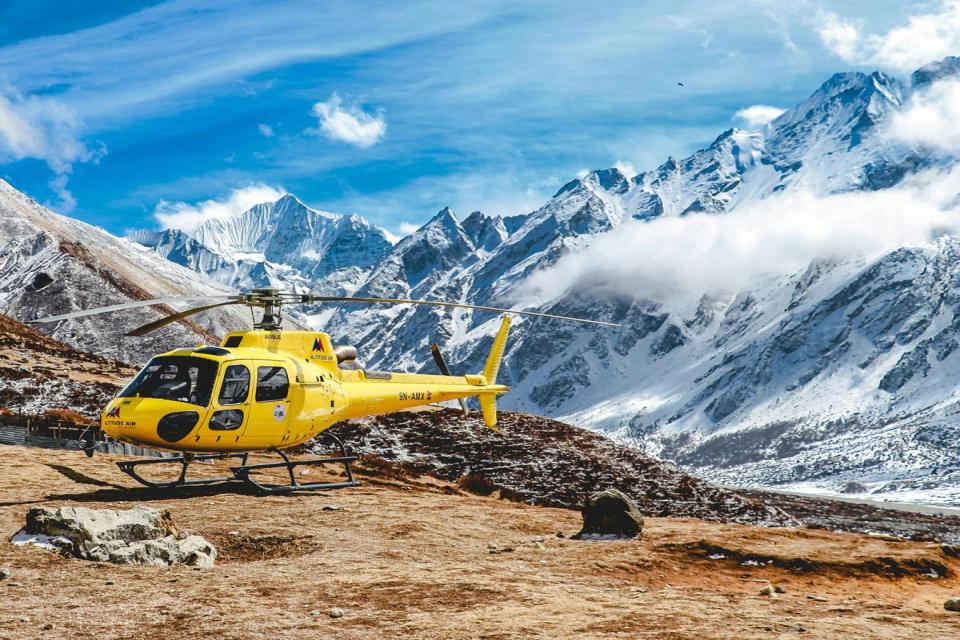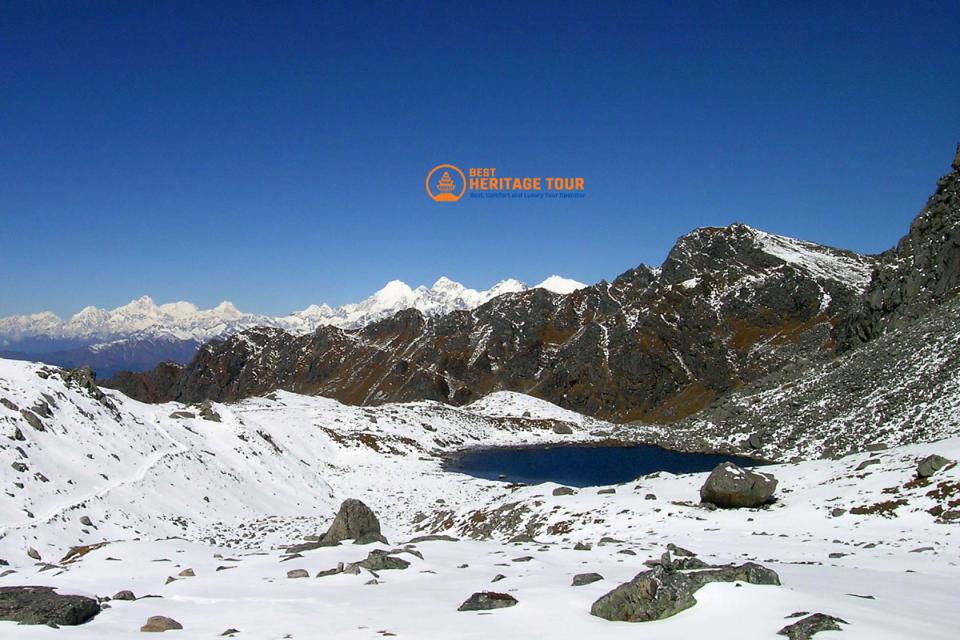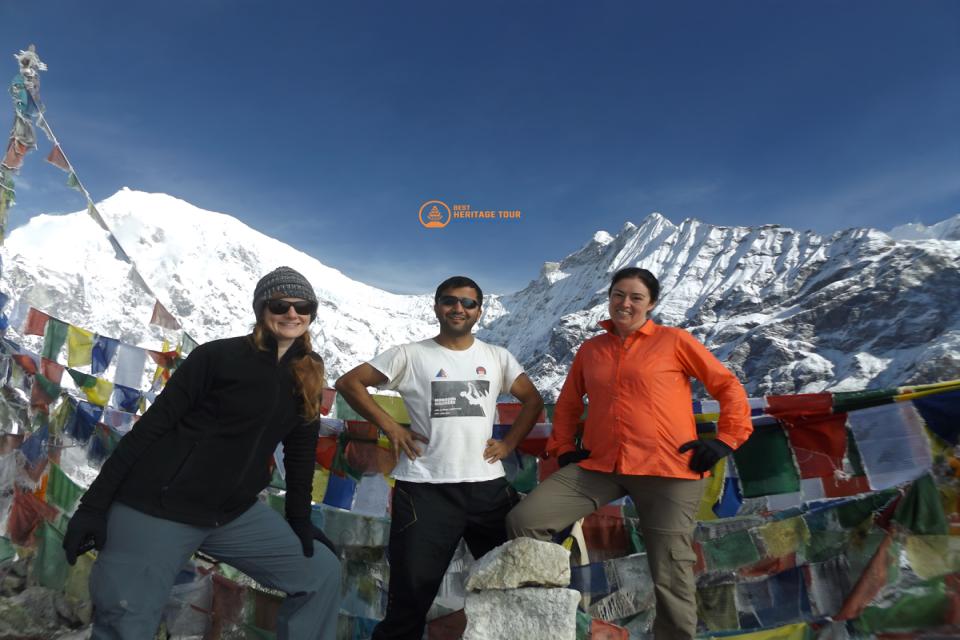Nepal is renowned for its trekking routes, and the Langtang Valley Trek offers a unique blend of natural splendor, rich culture, and accessible adventure. If you are planning to trek in March 2026, this route provides an ideal mix of snowy peaks, clear skies, and blossoming valleys, making it perfect for both first-time trekkers and experienced explorers.
Operated by Best Heritage Tour, the Langtang Valley Trek is designed to immerse you in the stunning landscapes of the Langtang Himalayas while introducing you to the warm hospitality of Tibetan-influenced villages, local monasteries, and traditional mountain culture.
This blog will guide you through everything you need to know about trekking Langtang in March 2026: why March is the perfect time, weather conditions, trail highlights, preparation tips, accommodation, and why booking with Best Heritage Tour ensures a seamless and unforgettable experience.
Why Trek Langtang Valley in March 2026
1. Crisp Weather and Clear Views
March marks the end of winter and the beginning of spring in Nepal. The weather is stable, with clear skies and unobstructed mountain views, making it an excellent time for photography and sightseeing. The snow-capped peaks of Langtang Lirung (7,227m), Langtang Ri, and surrounding Himalayas appear in their full glory.
2. Peaceful Trails
Unlike the heavily trafficked Everest or Annapurna routes, the Langtang Valley Trek sees fewer trekkers in March. This means quieter trails, more intimate cultural interactions, and a sense of wilderness as you walk along rivers, through forests, and across alpine meadows.
3. Scenic Snowy Landscapes
Higher altitudes still retain their winter snow, creating stunning contrast against the blue skies. Valleys, ridges, and passes are covered in fresh snow, making the trek visually breathtaking. Snow adds a special charm to monasteries, prayer flags, and remote villages.
4. Early Spring Bloom
While higher trails remain snowy, lower and mid-altitude forests start to show signs of spring, with budding trees and early wildflowers. March is that magical month where winter’s crispness meets the gentle warmth of spring.
5. Cultural Encounters
Langtang is home to Tibetan-Buddhist communities. In March, the villages are lively with daily activities and occasional small festivals. You’ll experience monastery rituals, prayer wheels, traditional architecture, and local cuisine in an authentic, immersive way.
Weather and Trail Conditions
-
Lower Elevations (1,200-2,000m): Days are mild (12-18°C), and nights can be chilly (around 0-5°C). Trails are generally dry and easy to navigate.
-
Mid Elevations (2,000-3,500m): Daytime temperatures hover between 5-12°C. Nights are colder, dipping to -3 to 0°C. Snow may start appearing near villages like Langtang and Kyanjin Gompa.
-
High Elevations (3,500-4,300m): Cold, ranging from -10°C to 5°C. March snow can make trails slippery near the higher ridges, so trekking poles and microspikes are recommended.
March is ideal because the weather is stable, skies are clear, and the sunlight lasts longer, allowing flexibility for acclimatization hikes and side trips.
Key Highlights of the Langtang Valley Trek
1. Langtang National Park
The trek takes you through Langtang National Park, home to diverse flora and fauna, including red pandas, Himalayan black bears, and various bird species. Forests of pine, oak, and rhododendron provide a scenic and peaceful trekking experience.
2. Kyanjin Gompa
This serene monastery village sits at 3,870m and is a highlight of the trek. Kyanjin Gompa offers breathtaking views of Langtang Lirung, trekking experiences to nearby glaciers, cheese-making demonstrations, and cultural insights into Himalayan Buddhist life.
3. Tserko Ri Hike
A side hike from Kyanjin Gompa, Tserko Ri (4,984m), offers panoramic views of Langtang Lirung, Langshisha Ri, and Ganesh Himal. Early March provides crisp air and clear views for a rewarding summit experience without the heavy crowds.
4. Scenic Valleys and Rivers
The Langtang River valley flows through terraced fields, rhododendron forests, and lush greenery. Bridges, waterfalls, and serene riversides make every section of the trek visually captivating.
5. Snow-Capped Mountains and Passes
Higher sections are still snow-covered, making Langtang Lirung and surrounding peaks even more dramatic against the blue Himalayan sky. March is ideal for experiencing snow without extreme winter conditions.
6. Traditional Villages
Villages like Langtang and Thulo Syabru provide authentic cultural experiences. Walk along stone-paved streets, interact with locals, and see traditional houses with prayer flags fluttering in the crisp March air.
Trekking Permits for Langtang Valley Trek
Langtang Valley is within a conservation area, so trekkers require:
-
Langtang National Park Entry Permit
-
TIMS Card (Trekkers’ Information Management System)
Best Heritage Tour handles all permits and registration, so trekkers can focus on enjoying the journey.
Accommodation and Meals
-
Teahouses and lodges provide comfortable stays along the trail.
-
Meals include dal bhat, noodle soups, Tibetan bread, and local vegetables.
-
March is quiet, so accommodations are less crowded than peak seasons, allowing for a more relaxed trekking experience.
Gear and Preparation
Essential Gear
-
Layered clothing for fluctuating temperatures
-
Insulated jackets for high-altitude cold
-
Trekking boots with good grip
-
Trekking poles and microspikes for snow patches
-
Gloves, hat, sunglasses, and sunscreen
-
Sleeping bag rated to -10°C or lower
-
Personal first aid kit
Physical Preparation
-
Cardio and endurance training prior to the trek
-
Hiking with a backpack to build leg strength
-
Gradual acclimatization during the trek to avoid altitude sickness
Why Book With Best Heritage Tour
-
Experienced guides with decades of expertise in Langtang.
-
Cultural immersion through local villages and monasteries.
-
Safety-first approach with acclimatization schedules and emergency plans.
-
Flexible itineraries to suit trekking pace, interests, and weather conditions.
-
Hassle-free logistics including permits, accommodation, meals, and transportation.
Tips for March Trekkers
-
Start early for clear morning skies and optimal daylight.
-
Carry both warm and light clothing for variable conditions.
-
Drink plenty of water to stay hydrated at higher elevations.
-
Respect local customs and interact with communities for cultural insight.
-
Be prepared for occasional snow or icy sections, especially near Kyanjin Gompa or Tserko Ri.
Conclusion
The Langtang Valley Trek in March 2026 is a unique Himalayan adventure that blends stunning natural landscapes, snow-capped peaks, and rich Tibetan culture. March offers stable weather, fewer crowds, crisp mountain air, and the perfect balance of winter snow and early spring bloom.
With Best Heritage Tour, trekkers can focus entirely on the experience, knowing that permits, logistics, accommodation, and safety are expertly handled. Make March 2026 the month you explore the Langtang Valley, witness Himalayan beauty, and create lifelong memories.
Book Your Langtang Valley Trek in March 2026
Phone/Whatsapp/Viber: +977-9851149197 | +977-9810043046
Email: info@bestheritagetour.com | bestheritagetour@gmail.com
Info & Booking: www.bestheritagetour.com
Office: Thamel Marg, Kathmandu, Nepal
Author: Best Heritage Tour
Date: 9th October, 2025

